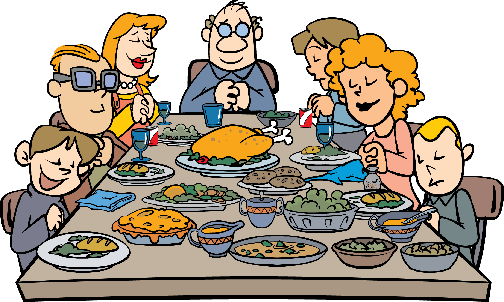
“Why do I have to learn this etiquette stuff?”
“Because I say so.”
This time-honored bit of logical persuasion, like its colleague “siddown and shut up,” may end an argument, but does not create a wonderful learning environment. “When I was your age …” is not much better. (These tactics also weaken your position when you tell youngsters that the best way to make their point is to not yell or interrupt or make faces, but to listen to what the other person has to say before stating their ideas or point of view.)
The unspoken but mutually agreed-upon code of conduct that is the glue of a civil society is so much a part of our daily adult experience that we may have forgotten that we had to learn it, that children have to learn it, and that we have to teach them. No matter how cute their capers around the house might seem when they are very young, there will come a time—sooner than you may expect—when others will judge children harshly and, possibly, criticize them sternly for the sort of behavior parents may be inclined to overlook or dismiss as high spirits or “growing pains.” Thus, etiquette training begins at a very early age. We are teaching as we interact with children around the dinner table or in the playground. While we teach the rules, we also teach the reasons behind the rules, and what we’re actually teaching is respect for others.
When you begin to teach children about the idea of manners and the rules of etiquette, you can expect to be challenged. The challenge will almost certainly take the form of questions, and you had better be armed with some answers.

No comments:
Post a Comment